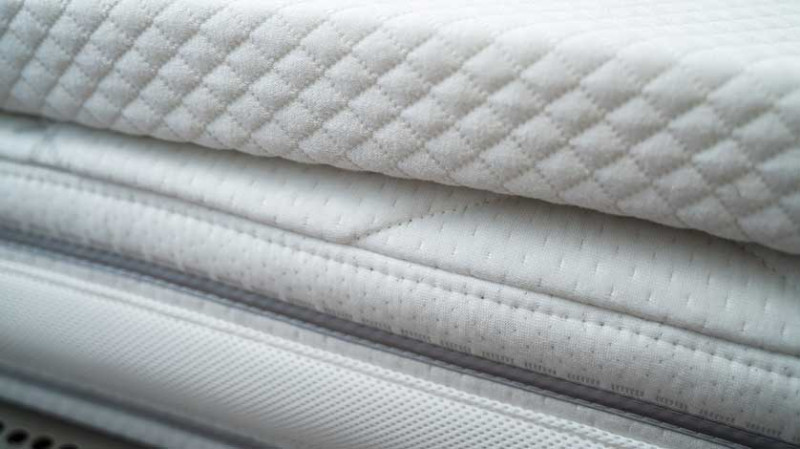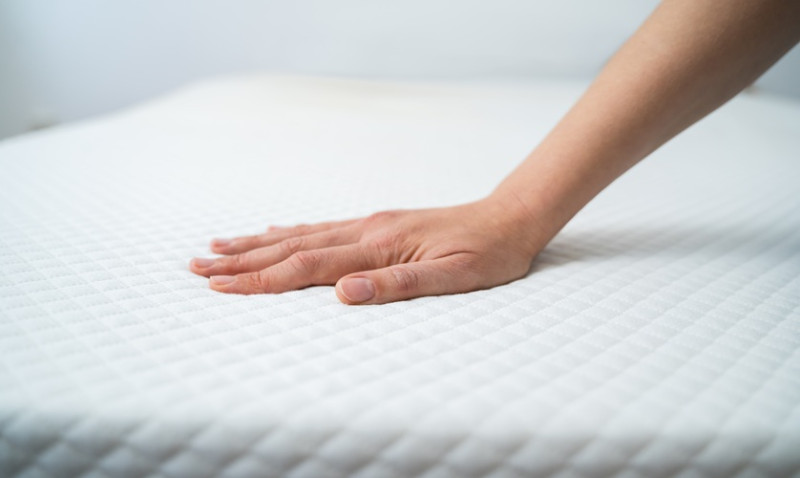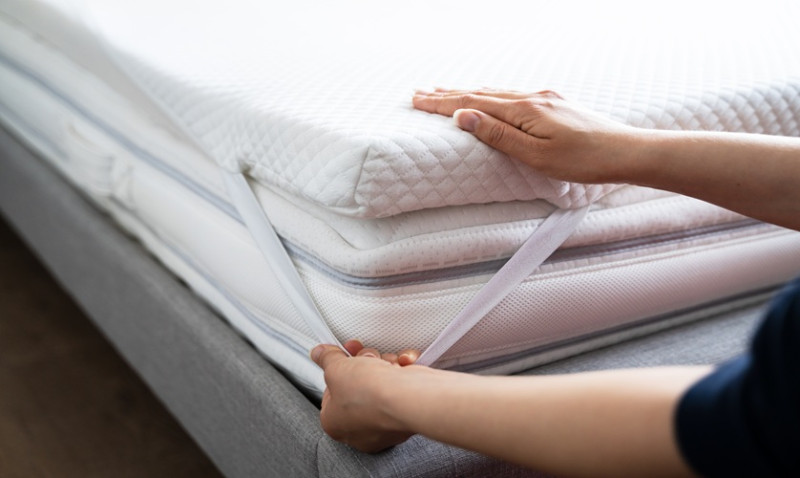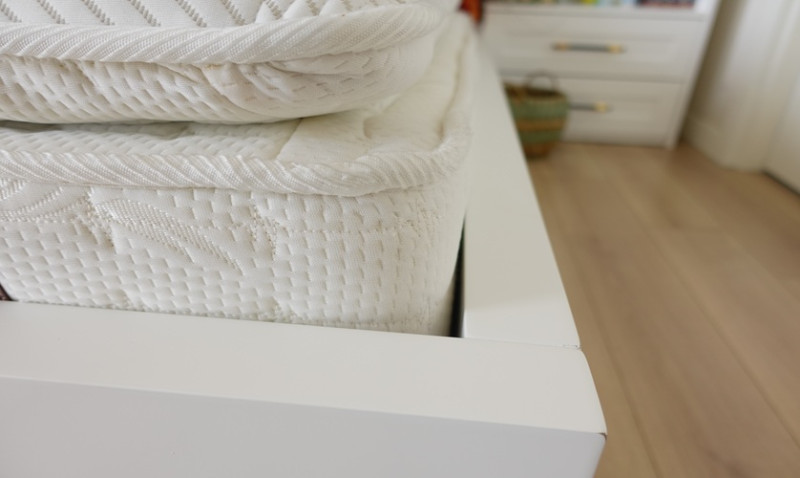
Choosing the right mattress is crucial for a good night's sleep and overall health. With so many options available, it can be overwhelming to find the perfect one. This guide will walk you through everything you need to know about selecting the right mattress for your needs.
Understanding Mattress Types
Before diving into the specifics, it's essential to understand the different types of mattresses available on the market. Each type has its unique features, benefits, and drawbacks.
1. Innerspring Mattresses
Innerspring mattresses are the traditional choice, featuring a core of steel coils. They provide good support and are often more affordable.
- Pros: Good bounce, affordable, widely available.
- Cons: Can be less durable, may not provide enough pressure relief for some sleepers.
2. Memory Foam Mattresses
Memory foam mattresses are known for their ability to contour to the body, providing excellent pressure relief and support.
- Pros: Great for pressure relief, minimizes motion transfer, available in various firmness levels.
- Cons: Can retain heat, may have a strong initial odor.
3. Latex Mattresses
Latex mattresses are made from natural or synthetic latex and are known for their durability and responsiveness.
- Pros: Eco-friendly options available, durable, good bounce and support.
- Cons: Can be heavy, often more expensive than other types.
4. Hybrid Mattresses
Hybrid mattresses combine the support of innerspring coils with the comfort of foam or latex layers.
- Pros: Balanced support and comfort, good airflow, suitable for various sleeping positions.
- Cons: Can be pricey, may not be as durable as pure latex or high-quality innerspring mattresses.
Factors to Consider When Choosing a Mattress
When selecting a mattress, several factors should influence your decision. Here are the most important ones:
1. Sleeping Position
Your sleeping position plays a significant role in determining the right mattress for you. Here’s a breakdown:
- Back Sleepers: Need a medium-firm mattress for proper spinal alignment.
- Side Sleepers: Benefit from a softer mattress that cushions the shoulders and hips.
- Stomach Sleepers: Require a firmer mattress to prevent the hips from sinking too low.
2. Body Weight
Your weight can affect how a mattress feels and performs. Generally, heavier individuals may require a firmer mattress for adequate support, while lighter individuals may prefer a softer feel.
3. Firmness Level
Mattress firmness is subjective and varies from person to person. Most mattresses are rated on a scale from 1 to 10, with 1 being the softest and 10 being the firmest. Here’s a general guideline:
- Soft (1-3): Ideal for side sleepers.
- Medium (4-6): Suitable for back sleepers and combination sleepers.
- Firm (7-10): Best for stomach sleepers and heavier individuals.
4. Material Preferences
Some people have specific material preferences due to allergies or comfort. Here are some common materials:
- Memory Foam: Great for contouring and pressure relief.
- Latex: Offers a bouncier feel and is often more breathable.
- Innerspring: Provides a traditional feel with good support.
5. Budget
Mattresses come in a wide range of prices. Determine your budget before shopping, but remember that investing in a quality mattress can significantly impact your sleep quality and health.
How to Test a Mattress
Once you’ve narrowed down your options, it’s time to test the mattress. Here are some tips for testing a mattress effectively:
1. Visit a Store
Try to visit a store where you can lie down on the mattress for at least 10-15 minutes. Pay attention to how it feels in your preferred sleeping position.
2. Check for Motion Isolation
If you share your bed with a partner, check how well the mattress isolates motion. You can do this by having your partner move around while you lie still.
3. Evaluate Edge Support
Test the edge support by sitting on the edge of the mattress. A good mattress should provide adequate support without sagging.
Understanding Mattress Terminology
Familiarizing yourself with common mattress terminology can help you make an informed decision. Here are some key terms:
1. Coil Count
The number of coils in an innerspring mattress. Generally, a higher coil count indicates better support.
2. Density
Refers to the weight of the foam per cubic foot. Higher density foams tend to be more durable and supportive.
3. Durability
The lifespan of a mattress, which can vary based on materials and usage. A good mattress should last at least 7-10 years.
Mattress Maintenance Tips
To extend the life of your mattress, follow these maintenance tips:
- Rotate Regularly: Rotate your mattress every 3-6 months to prevent uneven wear.
- Use a Mattress Protector: Protect your mattress from spills, stains, and allergens.
- Keep it Clean: Vacuum your mattress regularly and spot clean as needed.
When to Replace Your Mattress
Even the best mattresses have a lifespan. Here are signs that it may be time to replace your mattress:
- Visible sagging or indentations.
- Increased discomfort or pain during sleep.
- Allergies or asthma symptoms worsening.
- Age of the mattress exceeds 7-10 years.
Conclusion
Choosing the right mattress is a personal decision that requires careful consideration of various factors. By understanding the different types of mattresses, evaluating your needs, and testing options, you can find the perfect mattress for a restful night's sleep. Remember, investing in a quality mattress is an investment in your health and well-being.






